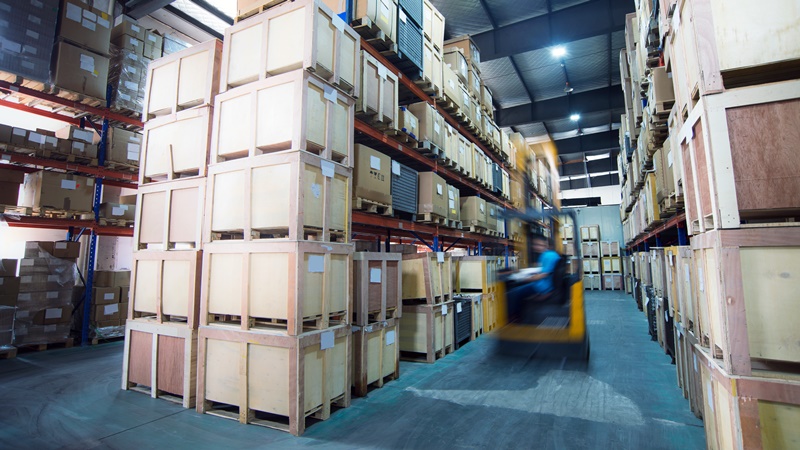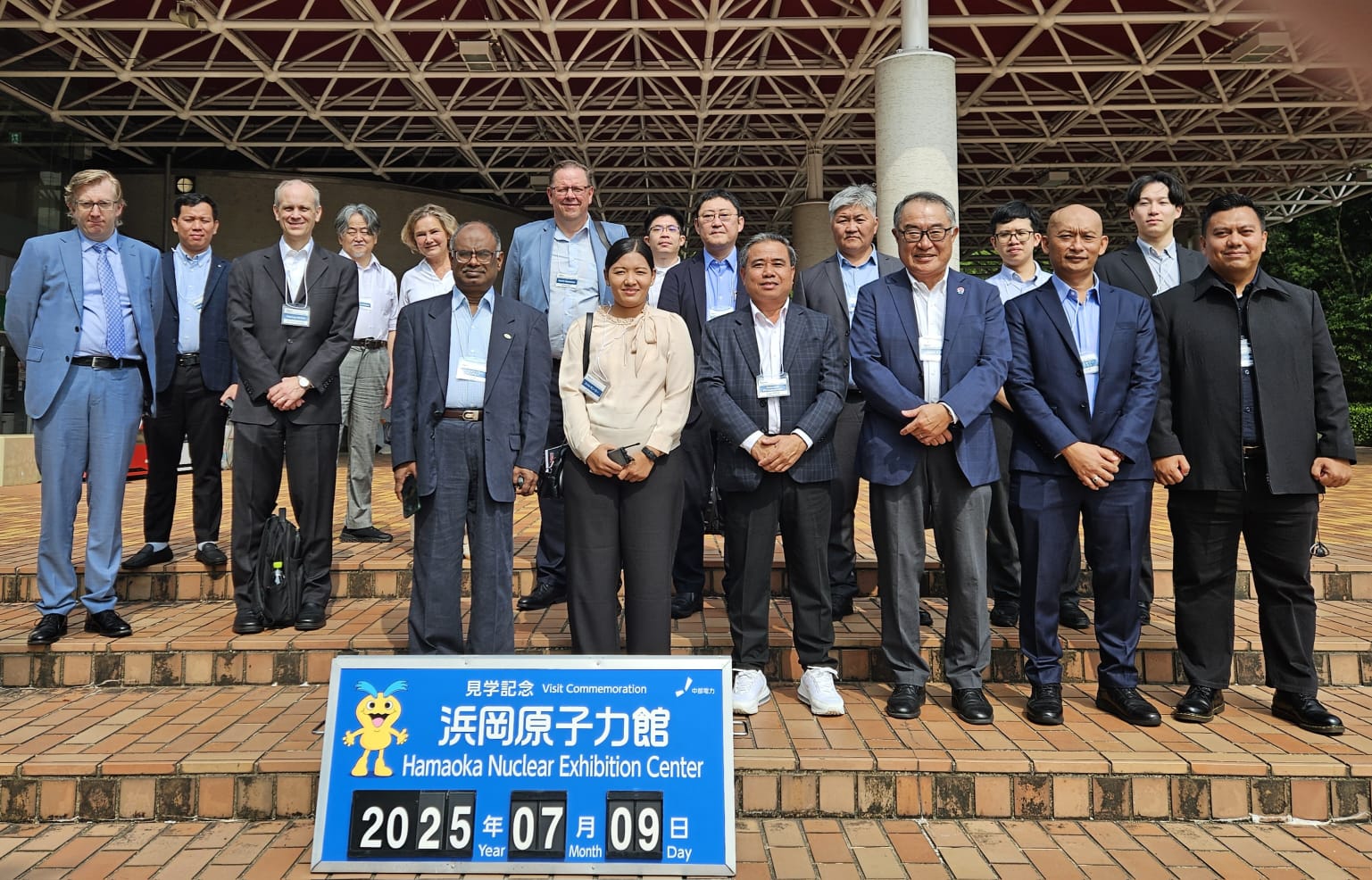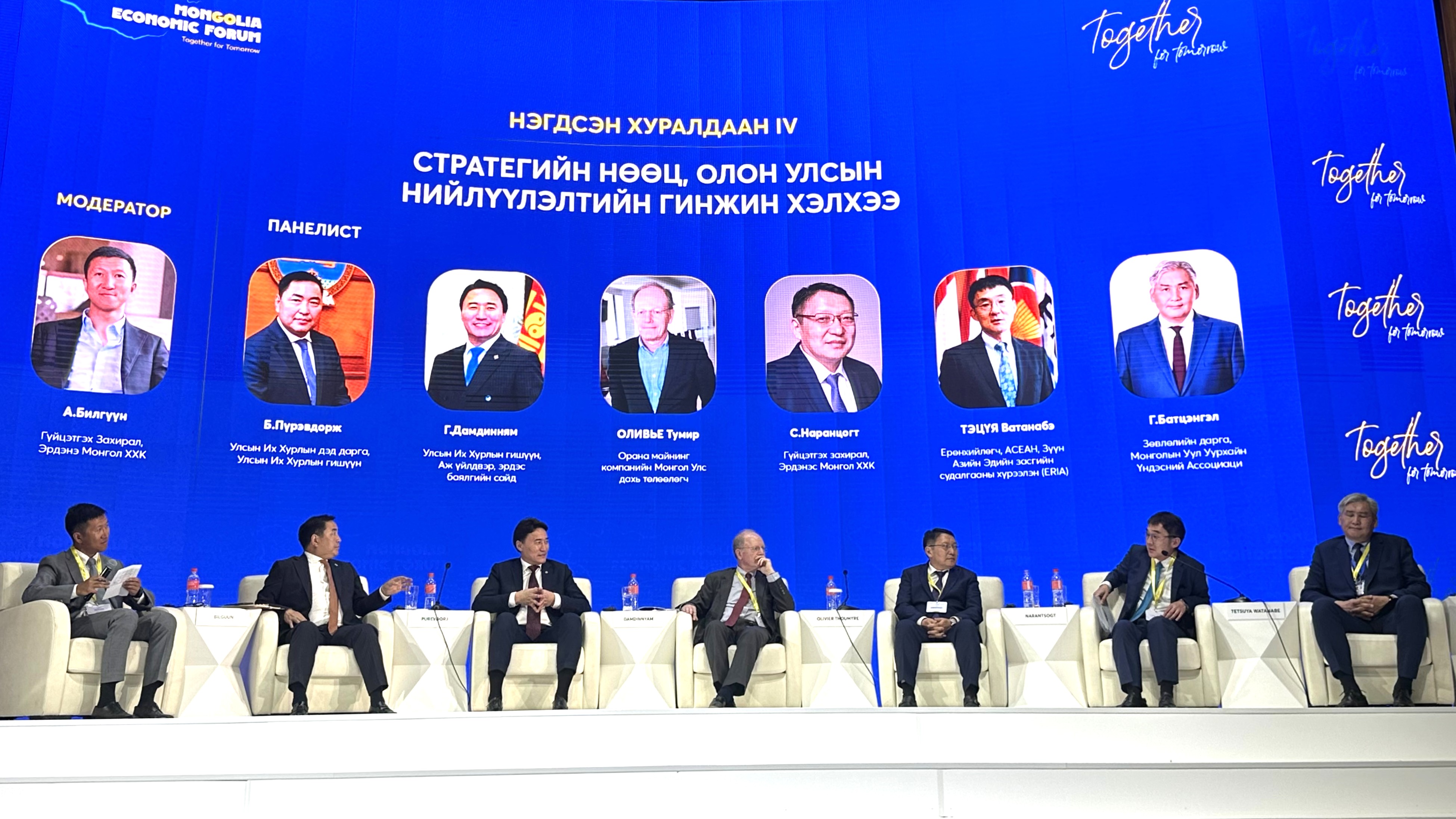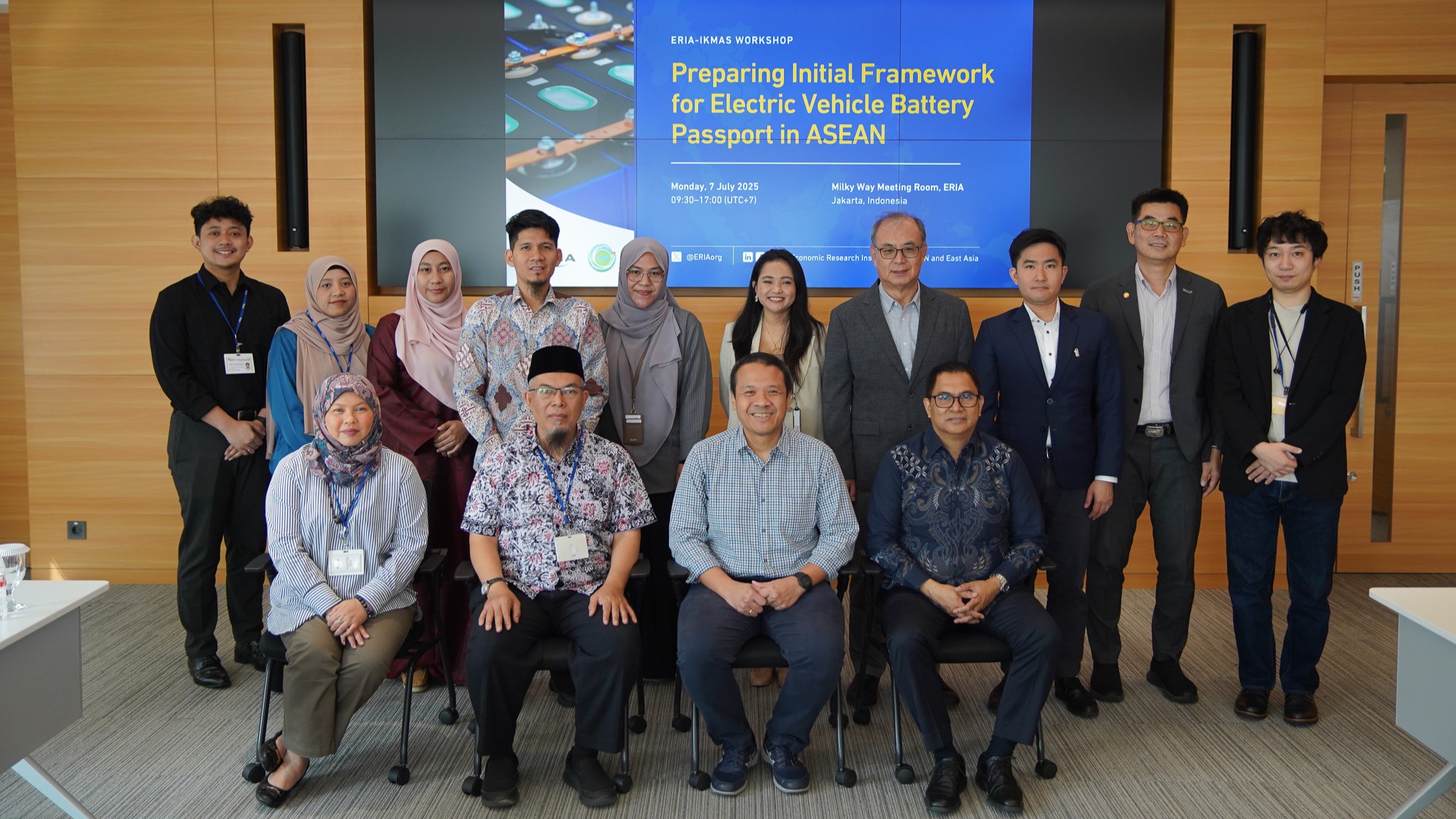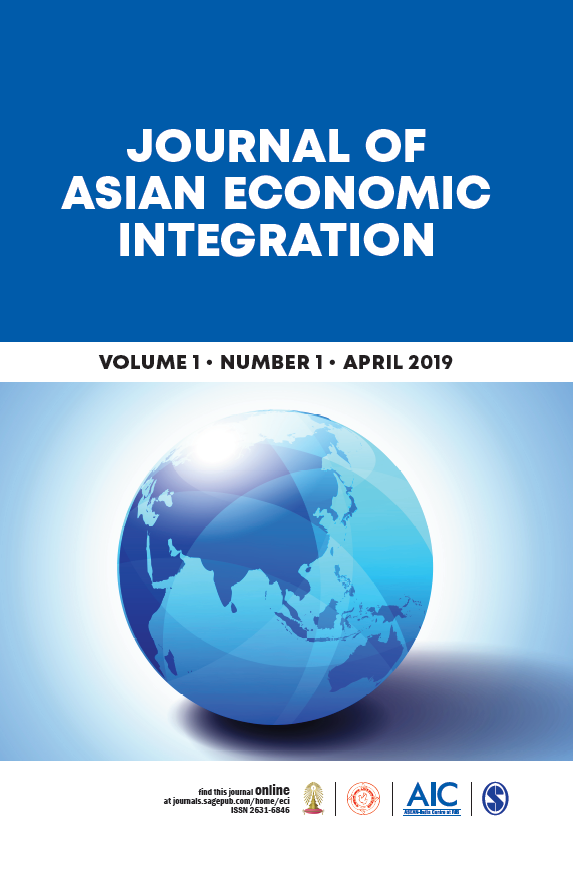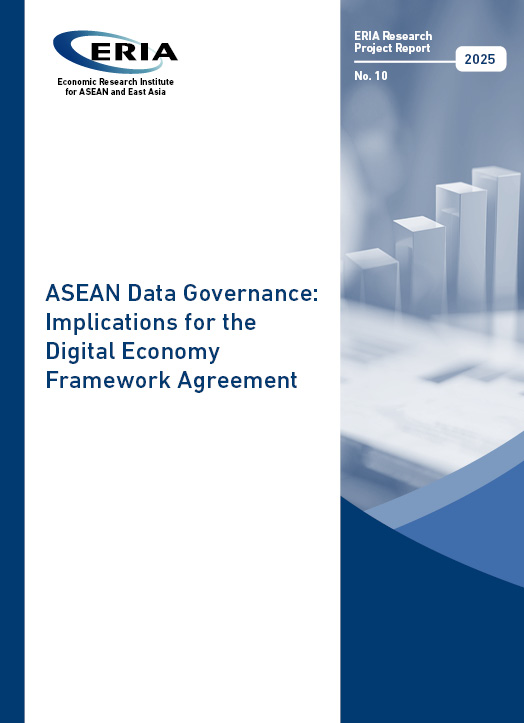How Companies can Rebuild their Supply Chain Resilience after COVID-19?
Date:
1 October 2020Share Article:
Print Article:
By Dr Venkatachalam Anbumozhi and Prof Fukunari Kimura: The COVID-19 pandemic has hit the business world in an unprecedent scale and speed. It has caused the closures of business, the stoppage of factory outputs, and the disruption to global manufacturing industries and their supply networks. Major industries including automotive, electronics, consumer goods pharmaceuticals, and medical equipment, have been significantly affected in varying extent. As the recovery unfolds in a painful and phased manner, some sectors such as airlines, ports, and urban transport are experiencing a contraction in demand, while other sectors like telecom, data centres, and logistics are experiencing a surge in demand, provoking strategic market reorientation by companies and investors. The Covid-19 crisis also underlines the importance of a resilience as it has generated both supply and demand shocks within a short time, because of international fragmentation of production along global supply chains. Global supply chains encompass the full range of business activities that are required to bring a good or service from conception through the different phase of production -provision of raw materials; the inputs of various components, sub-assemblies, and producer services; the assembly of finished goods-to delivery to final consumers. Since the 1980s as globalization had deepened, an increasing number of firms from developing countries participated in global supply chains, typically for producing intermediate inputs or performing in the final assembly.
Resilience of Global Supply Chains and Production Networks
Developing global south, particularly South East and East Asian economies have been a big winner in taking advantage of global supply chains and international production networks. Taking advantage of open trade policies, technology transfer and knowledge spill overs that reduced service link costs, local firms in developing countries quickly became part of industrial agglomeration and were able to participate in the international production networks. Global supply chains expanded at different rates, with apparel and automobile growing in the 1980s; the electronics industry leading the way in the 1990s; and the service sector, especially business process outsourcing, being the most dynamic global supply chains of the 2000s.
In terms of the dispersion and complexity, the word “international production networks,” should be differentiated from “global supply chains." While global supply chains include all sorts of international industrial linkages, international production networks such as in automobile and electronics industries are based on the task-wise international division of labour connected by tight service links. International production networks are a subset of global supply chains, and only a small number of countries participated in them.
In the 1980s and 1990s, global supply chains were driven by multinational manufactures in advanced economies of Europe, Japan, and the US, outsourcing their production to low-wage countries and the corresponding international trade of both intermediate and finished goods. Thus, China became a provider of the bulk of the components, raw or processed materials as well as major subsystems to manufacture regionally and export globally. Because of the interconnectedness among the participating firms and inbuilt technical and financial assistance programs mentored by lead firms, international production networks are known to be more resilient against short-term supply or demand shocks.
Several natural disaster events of varying magnitude in the last two decades, and most notably in 2011, the Asian economic crisis of 1997-98 and the global financial crisis of 2008-09, though caused short-term supply shocks, they have not reduced operational capacity of the firms, and the production networks bounced back more quickly than expected. Those crises have not reversed the patterns of globalization but accelerated two long-term trends in global supply chain. First, lead firms used the crisis to consolidate their supply base further with a focus on institutionalising Business Continuity Plans (BCP), a corporate strategy that ensures continuity of operation with minimal service outage, for companies in first and second tier firms , with whom they have ongoing strategic seller buyer relationship, as a source of resilience. Second, when the demand rebound, after the crisis, the growth of intra-regional trade has created new opportunities for entry of new firms with rising capabilities to upgrade global value chains. While firms have their own responsibility to address the supply and demand shocks with appropriate insurance mechanisms, a multi-stake holder approach of adopting businesses continuity plans that involves governments support for information sharing, capacity building and technical support enhanced the resilience along the regional supply chains.
Managing the Pandemic Recovery and Competitiveness in Global Supply Chains
The covid-19 pandemic is far from over. The key uncertainties with recovery include the duration of the pandemic and the shape of the growth outcome, a rapid upturn or a more protracted dip. A prolonged health crisis or deeper structural impacts could delay the recovery of firms along the global supply chain. Small and medium enterprises (SMEs) play an important role in niche areas of global supply chains and contribute indirectly to the export of larger firms. In the 2008 financial crisis, major trade and financial imbalances, a liquidity problem, and a collapse of demand in the US quickly spread to the rest of the world, resulting in a global economic slowdown. But the Covid-19 pandemic is of higher magnitude and has increased dramatically a range of pathways that SMEs along global supply chains could take that encompass multiple risks.
During the 2008 financial crisis, the fall in global demand was accompanied by drop in demand for intermediate goods destined for assembly in China for shipments. Due to China’s heavy reliance on imported inputs from economies within the East Asian region, it effectively transferred a large portion of its negative export demand shocks to its East Asian neighbours. With China’s structural change from an export oriented and investment driven economy to domestic oriented and innovation driven economy is far from being completed and impacted by the Pandemic. The Belt and Road initiative (BRI) is likely to become more an engine for export orientation of Chinese companies in the post Covid era, with new countries in Central Asia becoming part of its new global supply chain network. Fuelled by the risks of labour market mismatch between the skills of those losing jobs in the export led industry and the skills required for digitalized service economy, Chinese lead firms would continue to have preference for relatively unprocessed products in the short and medium term. Companies inside China are slow to resume their normal production due to various factors, which include the shortage of parts from lower tiers suppliers from Southeast Asia; the slow recovery of transportation and logistical network capacity; and uncertainties in its future trade relationship with major partners like the US, Japan, Europe, and India .
Nevertheless, as global economies recover from the pandemic, and demand for finished goods surge, old style support policies are not answer to the decline of manufacturing sector in advanced economies like Germany, as they continue ignore the inter-connected nature of global value chains and the need for international competition and openness. Although global supply chain centred economic growth has largely been story of rising supplier capabilities, there has been growing recognition of the key role that final markets play in the process. For German companies that source or sell their products and services from/to East Asian countries like ASEAN, China and Japan, should be aware of new opportunities for growth, as they face the same drop in demand at home. While consumers will be moving up in creating demand, price will remain an overwhelming consideration in both advanced and developing countries in the post pandemic era.
The imperative for a New Global Supply Chain Model
More than three decades long focus on optimization to minimise production costs, reduce inventories, and drive up capital utilization has resulted in lean global supply chains, that has removed buffers and flexibility to absorb disruptions, to certain extent. The Covid-19 forces many lead companies and their suppliers to rethink and transform this lean production networks. Fortunately, new supply chain technologies are emerging that dramatically improve resilience and competitiveness of tier 1 (direct) and tier 2 (secondary) suppliers ability to resist future disasters and disruptions. The traditional liner supply chain model is transforming into digital production networks, where functional silos could be broken down and organizations become connected to their supply networks to enable end to end visibility, collaboration, agility, and optimization.
Leveraging advanced digital technologies such as internet of things, artificial intelligence, robotics, cognitive computing, augmented and virtual reality are designed to anticipate and meet future competitive and resilience challenges. Keeping the competitiveness in global value chains requires investment in people, skills and high quality digital infrastructure and encouragement of strong industry-university linkages and other tacit knowledge. In the post Covid era ‘’How you do’’ the activities of a firm, matters more for resilience and competitiveness than “what you sell”, the products that make up final sales or exports.
This opinion piece was written by ERIA's Senior Energy Economist, Dr Venkatachalam Anbumozhi, and ERIA's Chief Economist, Prof Fukunari Kimura. This has been published by Schweizer Monat in Italian. Click here to subscribe to the monthly newsletter.
